
#ecoacoustics #freshwaterecology
Web: https://www.jack-greenhalgh.com Scholar: https://scholar.google.co.uk/citations?user=ZV-dyhwAAAAJ&hl=en
-Remote sensing
-Drones
-Underwater video / audio
- eDNA
- Robots
- & more...
Submit an abstract to our session at @aslo.org '26 in Montreal, Canada and join the discussion via: www.aslo.org/aslo-sil-2026/

-Remote sensing
-Drones
-Underwater video / audio
- eDNA
- Robots
- & more...
Submit an abstract to our session at @aslo.org '26 in Montreal, Canada and join the discussion via: www.aslo.org/aslo-sil-2026/
Pre-print now available. New deadline: 31st Dec, 2025.
See link 👇4 more fishsounds.net/freshwater.js
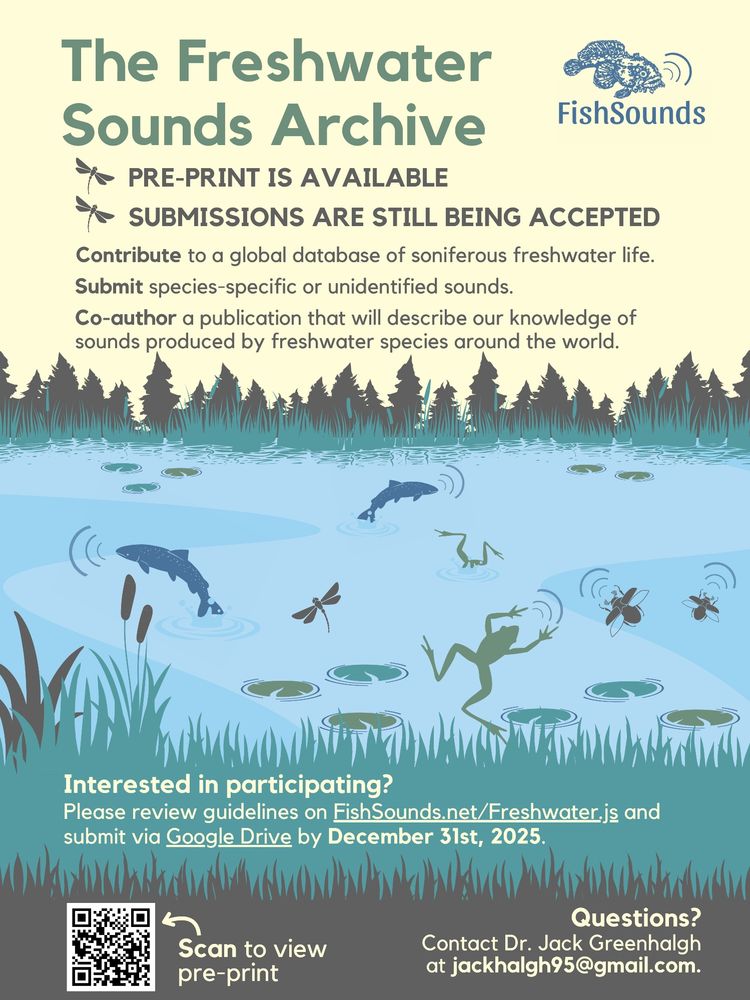
Pre-print now available. New deadline: 31st Dec, 2025.
See link 👇4 more fishsounds.net/freshwater.js
It was exploring the edges of habitats & the edges of periods of the day that were so interesting.
I returned full of new research ideas and questions to be answered.




It was exploring the edges of habitats & the edges of periods of the day that were so interesting.
I returned full of new research ideas and questions to be answered.
Thank you @freshwaterscience.bsky.social
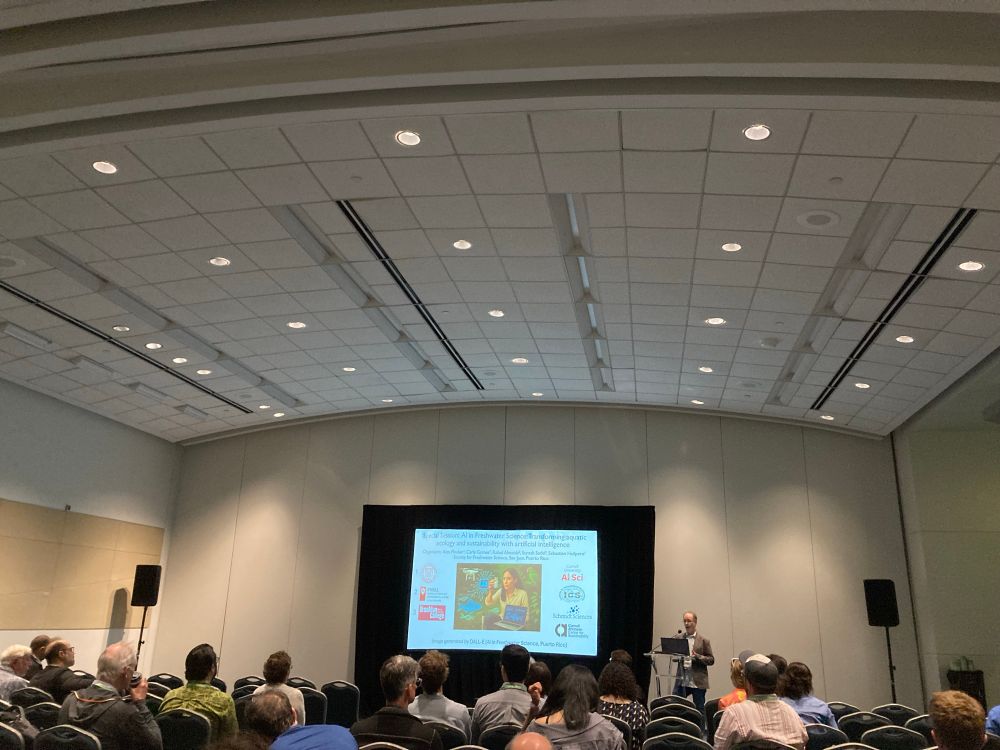
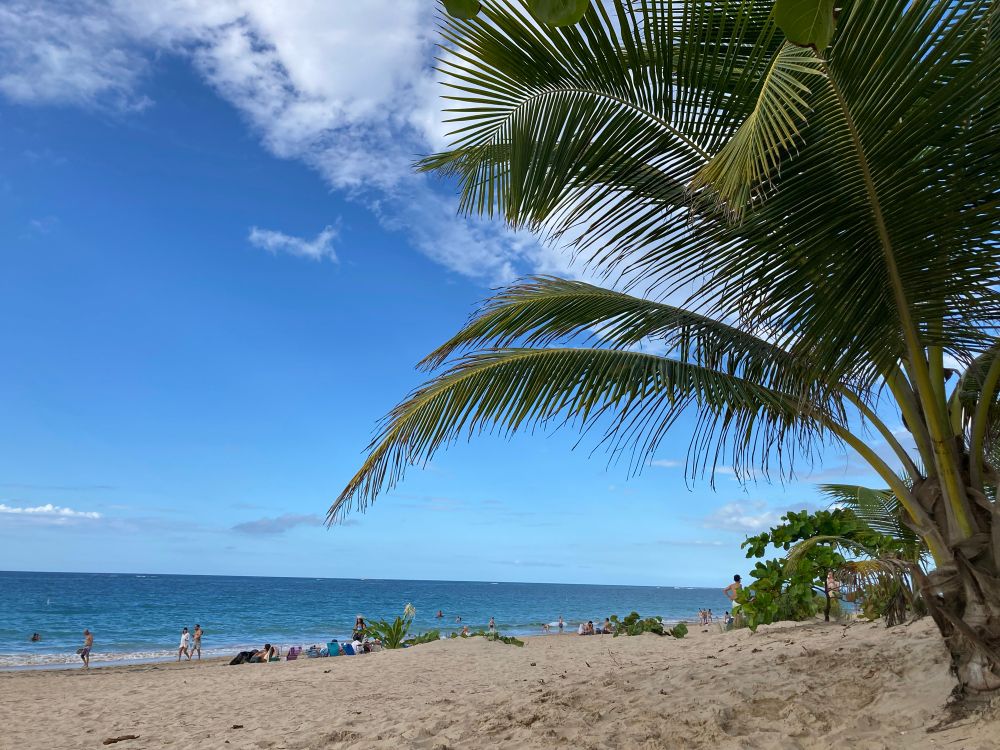
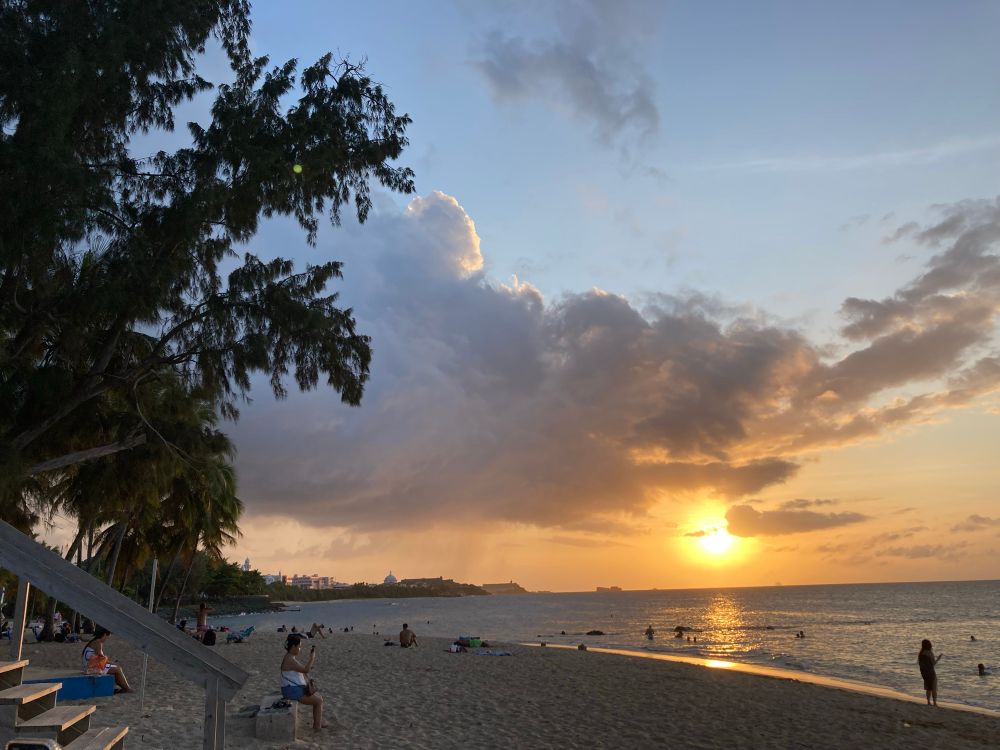
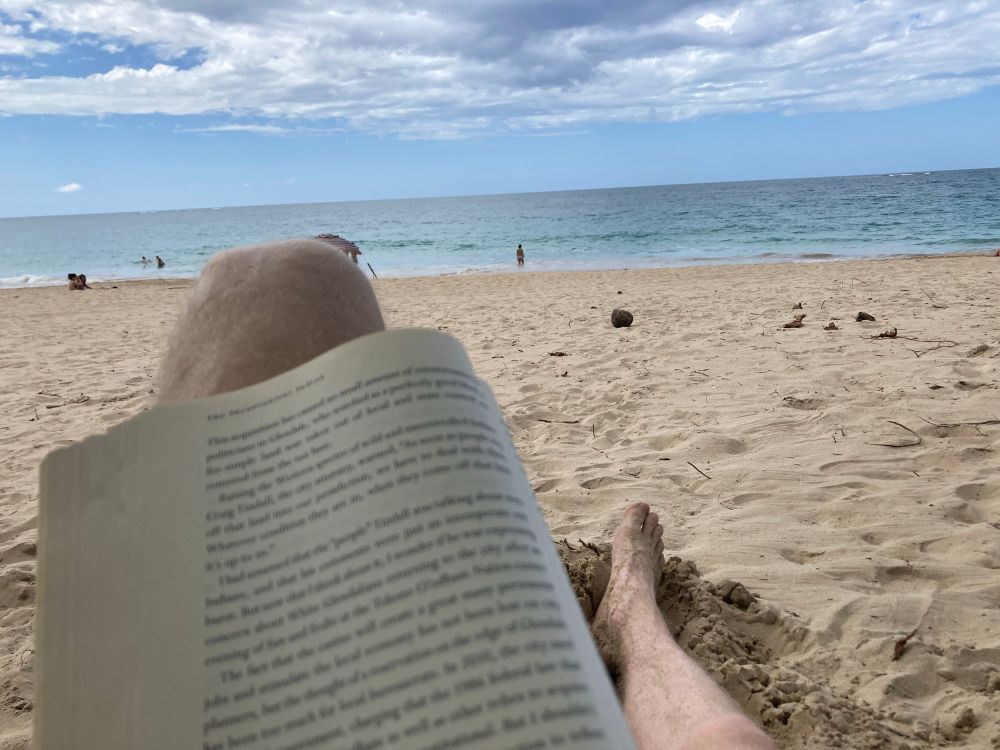
Thank you @freshwaterscience.bsky.social
There’s still a lot to learn about diel & seasonal trends in freshwater soundscapes… watch this space!
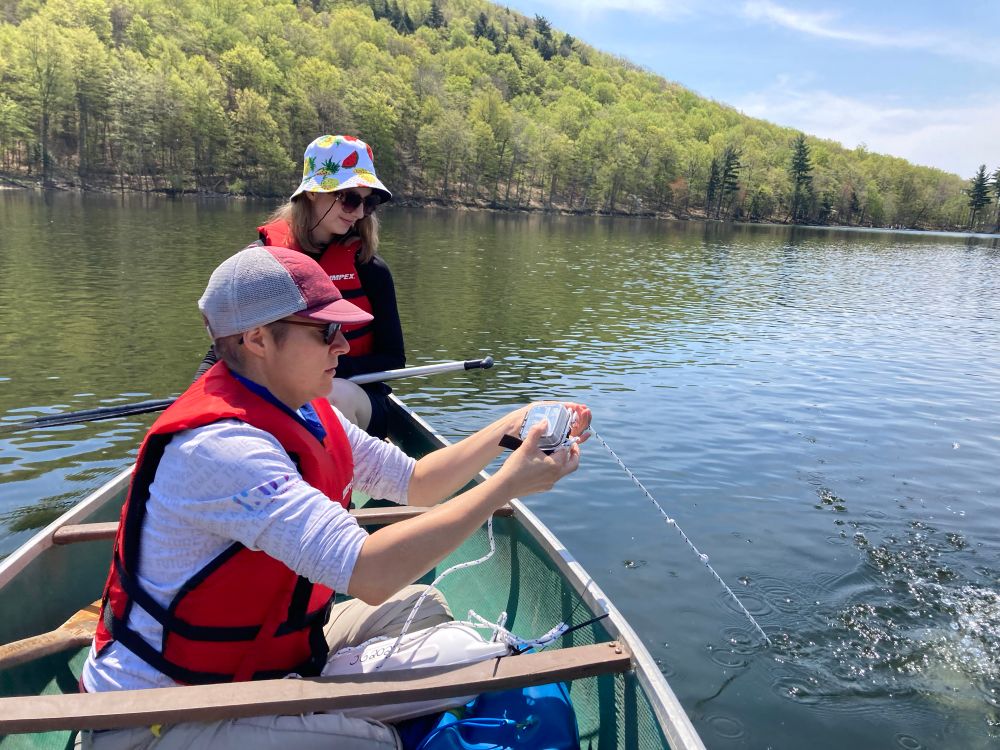


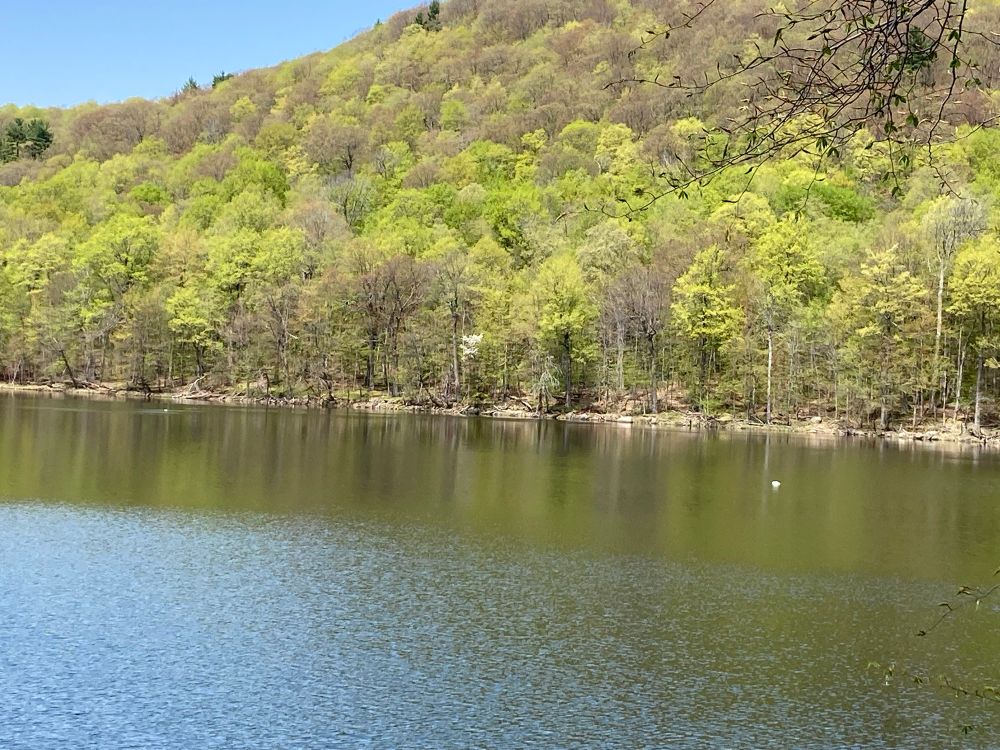
There’s still a lot to learn about diel & seasonal trends in freshwater soundscapes… watch this space!




By cataloguing species-specific sounds in ponds we will be able to assess the condition of ponds based on the presence or absence of certain fussy species simply by listening.

By cataloguing species-specific sounds in ponds we will be able to assess the condition of ponds based on the presence or absence of certain fussy species simply by listening.
As pond weeds photosynthesize in the hot sun they release tiny oxygen bubbles through small pores in the leaf surface called stomata into the water producing strange buzzing, whirring, and popping sounds.
As pond weeds photosynthesize in the hot sun they release tiny oxygen bubbles through small pores in the leaf surface called stomata into the water producing strange buzzing, whirring, and popping sounds.
If different species use different instruments, then surely the sounds they produce will be species-specific!


If different species use different instruments, then surely the sounds they produce will be species-specific!
These sounds are produced by rubbing hard body parts together in a process called stridulation.
The pygmy water boatman is capable of making the loudest sound in the animal kingdom (rel. to body size)!

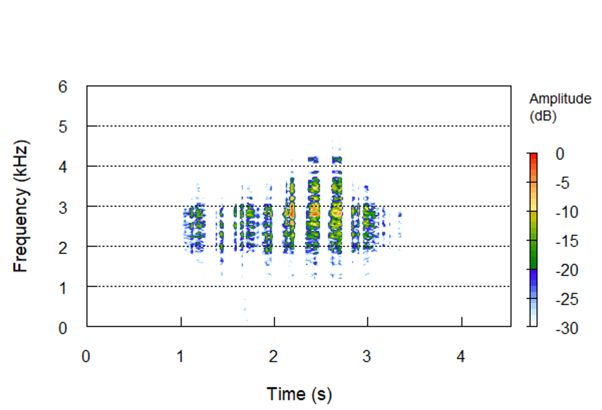
These sounds are produced by rubbing hard body parts together in a process called stridulation.
The pygmy water boatman is capable of making the loudest sound in the animal kingdom (rel. to body size)!
Aquatic insects rub hard body parts together to attract mates and submerged plants release oxygen bubbles as they respire in the hot sun.
Aquatic insects rub hard body parts together to attract mates and submerged plants release oxygen bubbles as they respire in the hot sun.

